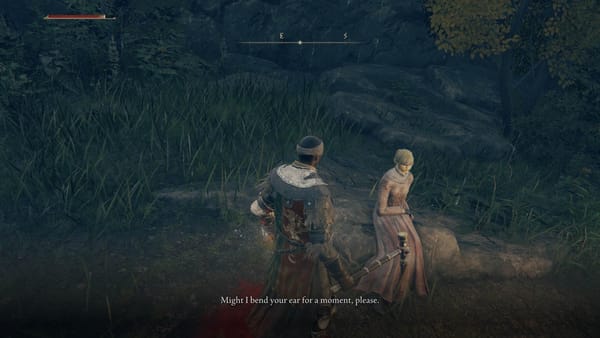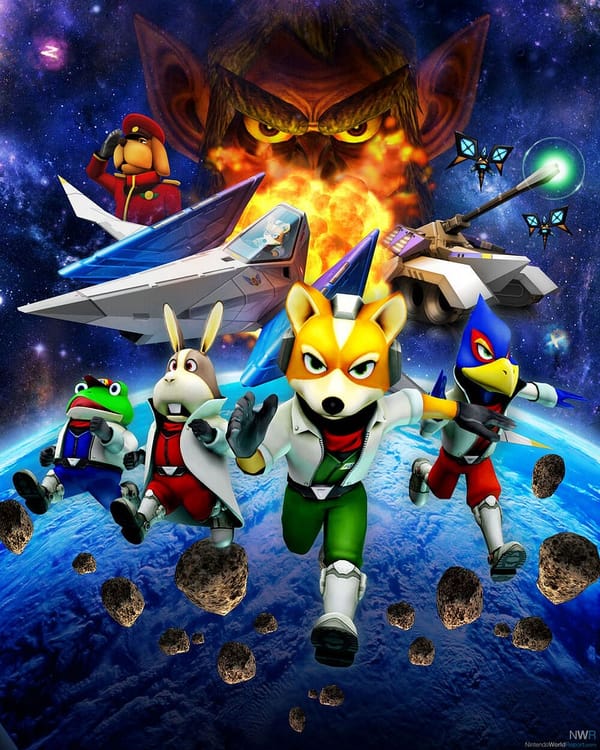Tackling the Backlog, Issue 5 — Summer ‘23
Documenting my time in Hyrule, Valisthea, Metro City, and more!
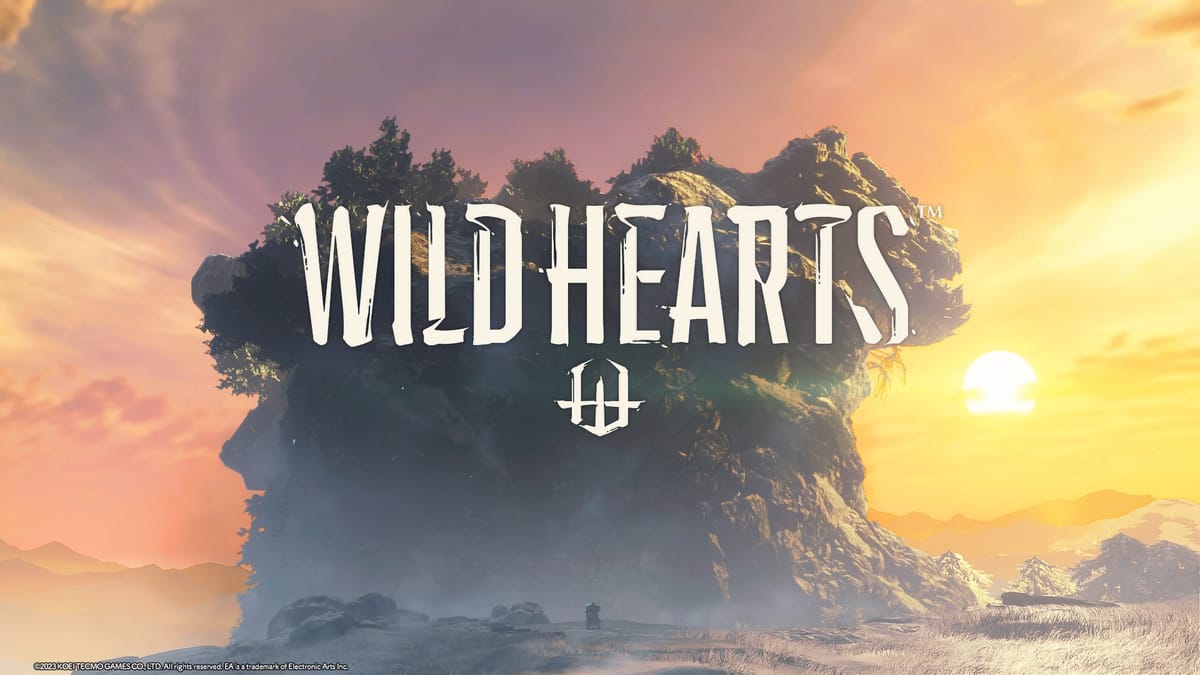
Welcome to the summer edition of Tackling the Backlog! For this month, I decided to consolidate the previous months down into one issue because of how long these games are and how they spanned over the course of multiple weeks. Enjoy!
While the winter felt cramped and pressed for time, this summer went by nice and slow. This meant plenty of time to start games, alongside being bombarded with a plethora of great new games entering my library. The only game I managed to “finish” was the demo for this fall’s upcoming Soulslike Lies of P which I reviewed recently. While I didn’t finish these games, I’d like to get my thoughts out about them while they’re fresh in my mind and plan on getting to their ends eventually. Each of these games has enough content to keep me occupied for longer than a month, so let’s start with the first game that I spent my time with in May.
Wild Hearts
The first game on the list, Wild Hearts, is a game about hunting giant monsters that control the environment around them. As such, what stood out to me about the game was its combat. Wild Hearts flows smoothly with its detailed system and adds a unique layer to combat that has never been seen in other games of a similar cloth like Monster Hunter.
The story revolves around you being a traveler from a foreign country, arriving on the mysterious Natsukodachi Isle, and being granted the power to use “Karakuri”, ancient technology used by Kemono (the monsters of this game) hunters. It focuses on the narrative of humans living on the land that these giant nature beasts have called their home. The humans worship the kemono and try to avoid them despite sharing the same real estate. Eventually, the kemono that the town worships attacks the people living in the hub town when it would normally just fly over. Who knew that living next to a giant nature beast could potentially go wrong?
The setting is very heavily inspired by ancient Japan and the environments themselves are large and distinct, often showing the failed attempts at colonization the human settlers tried before setting themselves up in the hub world. While it’s easy to compare the game to Monster Hunter, the unique combat choices give Wild Hearts its identity. The Karakuri allow for the creation of boxes, springs, walls, propellers, and other devices for additional mobility in combat. These creations can be mixed and matched with some combinations acting as recipes for even grander devices. For example, a 2x3 stack of wooden boxes creates a large wall that pushes back charging monsters and knocks them down. A mixture of springs and torches creates a firework cannon to aim at the kemono, and more combinations are unlocked with the game’s progression. The weapons themselves differ heavily from their Capcom counterparts. For starters, the bow has two different forms of shooting — one that shoots a horizontal spread that leaves a mark on monsters, and a more traditional shooting mode that causes those marks to explode, dealing more damage and making for a unique weapon option compared to the standard bow in MH. The Karakuri staff has three different weapon transformations, the wagasa utilizes parries to build up a meter and deal more damage, the maul has a timing mechanic where the player times their standard combos to extend the hammer’s length, and the list goes on.
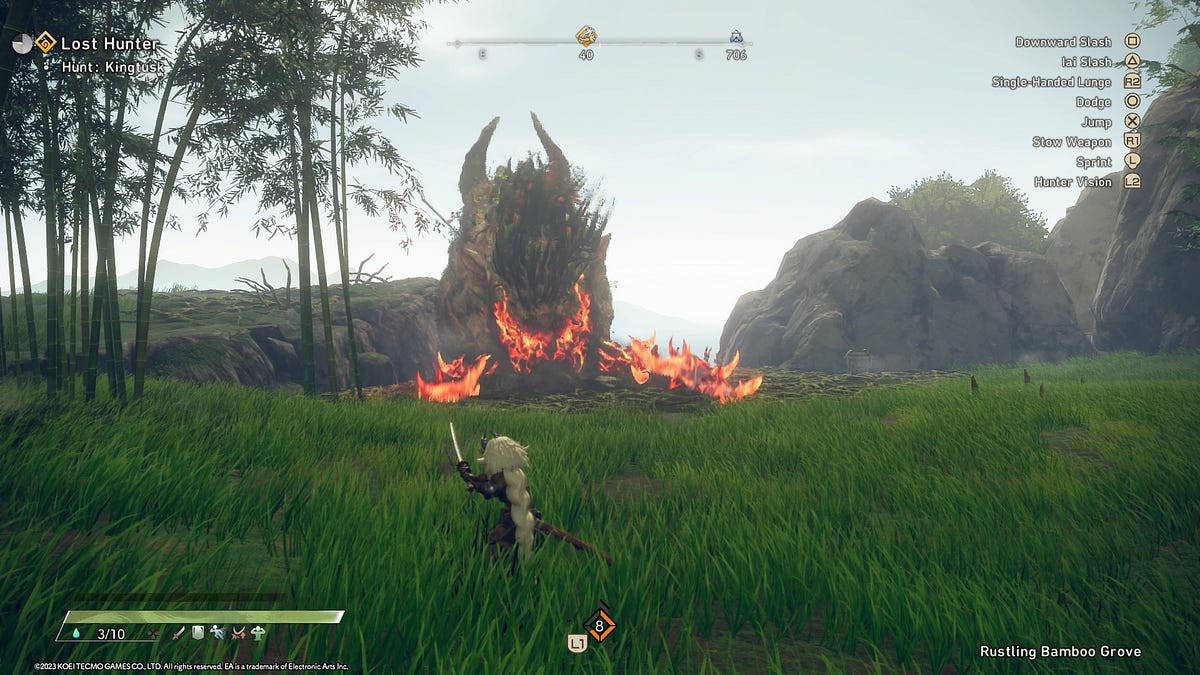
One of the features this game has above Monster Hunter is the ability to replay hunts as much as possible and segment chapters in such a way that every quest and monster material is available without having to go into other menus or quest boards. Hunts usually took me somewhere between 4 and 15 minutes, but the longer hunts tend to feel like they drag on. In my opinion, this makes the game more fun for quick sessions rather than sitting down and grinding out quests, especially with the large number of optional quests the game gives you.
I found my time with Wild Hearts enjoyable, but in my time away from it I haven’t been missing it very much. I might come back to see how the story turns out, or maybe just to scratch that monster-fighting itch.
The Legend of Zelda: Tears of the Kingdom
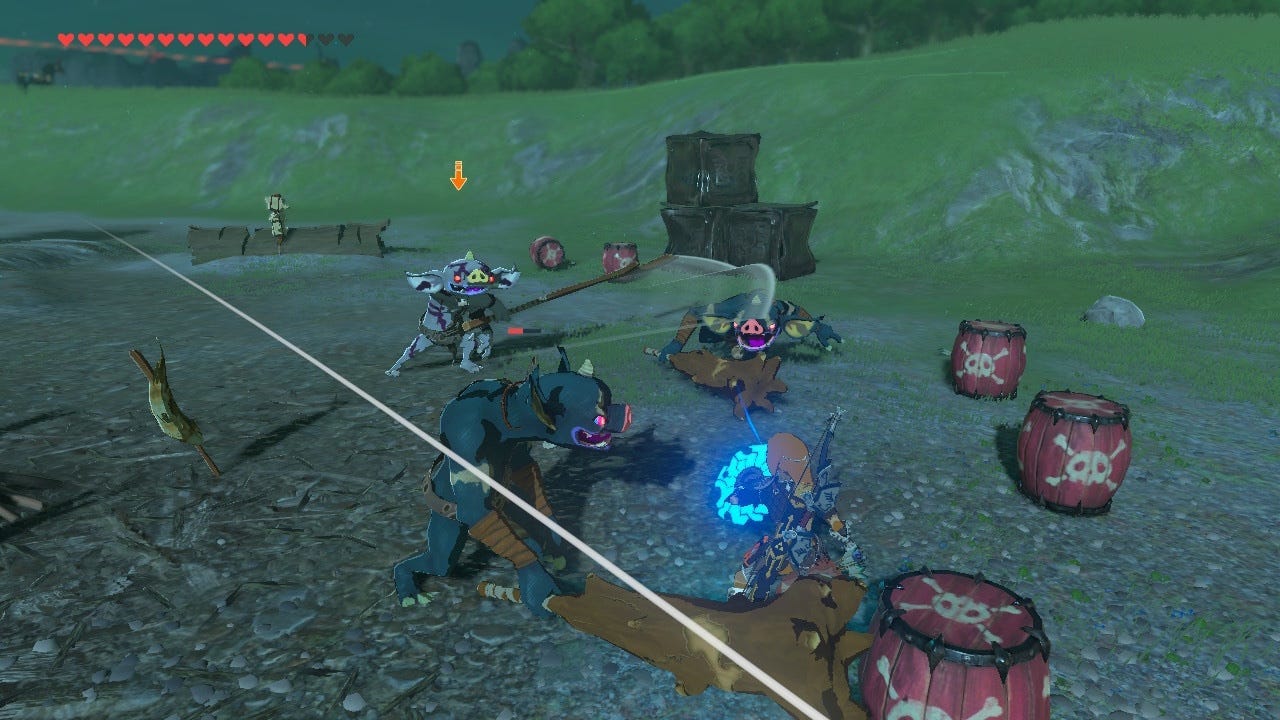
Before I get into how much I’m enjoying Tears of the Kingdom, I’d like to mention my feelings about Breath of the Wild. I’m in the camp of people who enjoyed the game but felt that it wasn’t the 10/10 game so many people rated it. Hyrule was vast and empty, which made sense thematically with Link being alone in a brand-new world, but something about that never sat right with me. If it had been 100 years since the Great Calamity, how come the roads and people were as separate as they were? Exploring the forests and mountains was mostly fun, and the game rewards exploration heavily, but that isn’t to say that it couldn’t get boring. Combat was my least favorite part of the game. Fights boiled down to the same few interactions, and holding onto stronger weapons didn’t add any value because sooner or later they would break.
Don’t get me wrong, I never had a gripe with weapon degradation. I saw it as a way to keep player inventory fresh and try new things, and it let me place my own value on things like elemental weapons. But that value diminishes when the weapons that keep appearing are so similar to one another. The game as a whole fell flat for me after the “midpoint” (around the completion of two of the four Divine Beasts). From that point on, there was no real sense of difficulty, and it was hard to maintain my interest solely in exploring Hyrule. I understand that a good chunk of the harder stuff comes in the form of puzzles and shrines, but when you don’t want to engage with the world it can turn you off from everything else.
Luckily, Tears of the Kingdom nearly fixed all of these issues. Weapon fusion made combat exponentially more interesting, especially with boomerangs which were already my favorite weapons from Breath of the Wild. Elemental fusions having different abilities were one of the most fun additions, especially with different monster parts having various effects that can work in tandem with elements, like electric keese eyes or ice lizalfos tails. My personal favorite was the Flame Emitter Boomerang because it’s basically a spinning flamethrower.
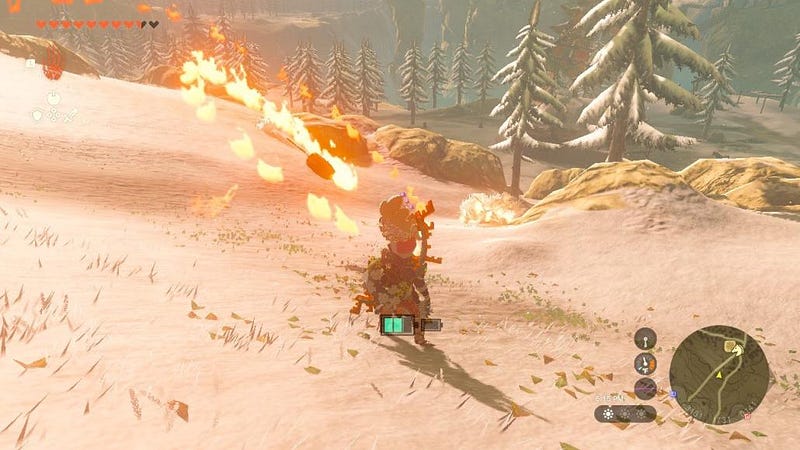
Arrows got a complete overhaul as well; where there used to be different types of elemental arrows, item fusion replaces this entirely by letting you create your own new arrows, as well as giving them new effects. Now arrows can lock on to enemies, deal extra damage, and fly farther in addition. These changes helped me find way more enjoyment in wandering through the new Hyrule I got to explore. Combat also received improvements through enemy variety. Enemy layouts around the world have been more interesting than before, enemy bases have the extra reward of sometimes being a Stone Talus boss fight, the underground adds a whole new array of enemies and damage to worry about, and so on. Fights feel more thought out and creative in terms of problem-solving now, and that’s what I appreciate the most about Tears of the Kingdom.
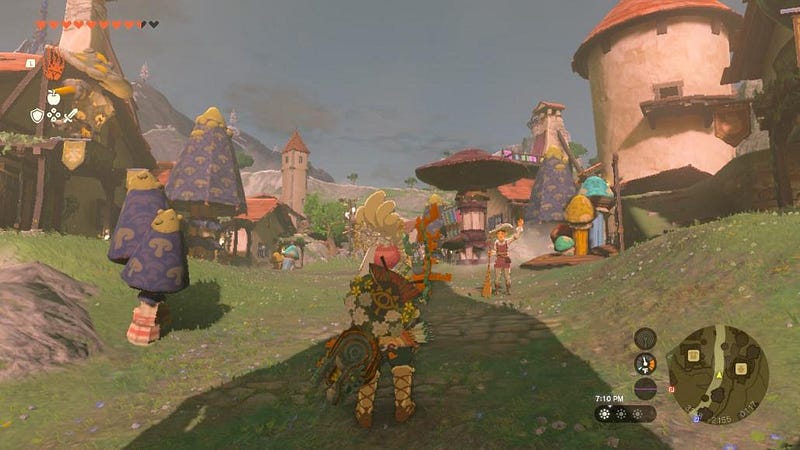
Hyrule isn’t empty now, and it’s not the only place to explore either. The underground is vast and full of mystery, and I spent more time exploring there than I did in Hyrule. The Sky Islands are a sort of treat from how I’ve experienced them — a way to unwind and survey the land more effectively, and gliding was always satisfying. Hyrule itself is active, whether that’s monster patrols going across the map, or monsters setting up camp atop a stone talus. Regardless, I’ve greatly enjoyed this Hyrule that feels at least a little bit more inhabited than the last.
Amongst the other new content that has been added in this sequel, the ability to fuse items and create your own machines is incredible. I’m a simple man, so I like simple things — almost all of my creations have been cars, hovercrafts that fail to hover, and attaching weapons on top of homing carts. The Device Dispensers are unironically one of my favorite parts of the game, and a fun way to keep getting plenty of Zonai devices considering I never use Zonia charges to recharge batteries. That said, there’s a lot more resource management in this game than its predecessor. On the one hand, I enjoy having to manage my resources and feel a sense of accomplishment for hoarding all my items. On the other hand, a part of me wishes that it didn’t take so long to get more crystals and increase the default battery size so that I could have more fun with my inventions.
This time around I’m actually interested in the narrative and searching for the Dragon Tears to learn more. All the content of the last game makes this one feel so much more worthwhile and interesting since the story took a backseat. At this point all I’ve done is explore and complete the Wind Temple. Going forward, I plan on spending more time exploring the underground and trying to fill out that section of the map next before I go ahead and get to the main story.
Final Fantasy XVI

Another game that I’m about 2/3rds of the way through, Final Fantasy XVI took a bit of time for it to really grab my attention. The demo for it was about 2 hours of mostly cutscenes, but it hit after establishing an interesting premise for the rest of the game. After replaying the intro to refresh myself on what was going on, I quickly found myself enamored by the world in front of me. The story and narrative are familiar with the protagonist trying to achieve a world where everyone is equal and free, but the presentation is fantastic. Many comparisons have been made to Game of Thrones, highlighting the cinematic and intense storytelling.
The combat in this game is stellar. I’ve completed every side quest and hunt available besides the S Rank ones and am constantly impressed by the flexibility of combat. The only complaint I have is that filling out every skill tree is harder than I would like. Action Points (AP) have been a bit hard to come by in my experience, and I don’t feel like grinding just for the sake of vanity. Many of the skills that were available get swapped out for the next thing that gets introduced, especially with how useful the first array of options are from the beginning of the game. Eikon battles feel like a reward for successfully finishing the first half of a boss fight and I love how they incorporated ways for combat to still flow smoothly here avoiding being sluggish kaiju battles.
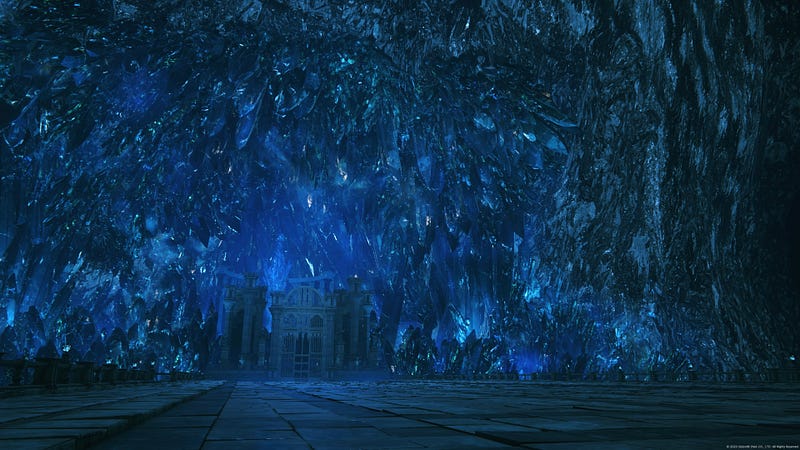
While I’ve done every side quest I’ve come across, I’ve come to the conclusion that I shouldn’t be doing every side quest. Some of them are awesome in how they give high-level rewards for finishing them, and every quest fleshes out the world of Valisthea, but it can be draining to try and find everything. While I’m probably going to keep doing every quest out of curiosity, if you only care about the main story then I suggest steering clear of any side quest without a + on it.
As I get close to the end of Final Fantasy XVI, my plans going ahead are to finish this and revisit Final Fantasy VII Remake to compare the two. I left FF7R on the shelf a long time ago, but I’d like to refresh my memory and see what it is about XVI that kept my interest that the other one lacks.
Street Fighter 6
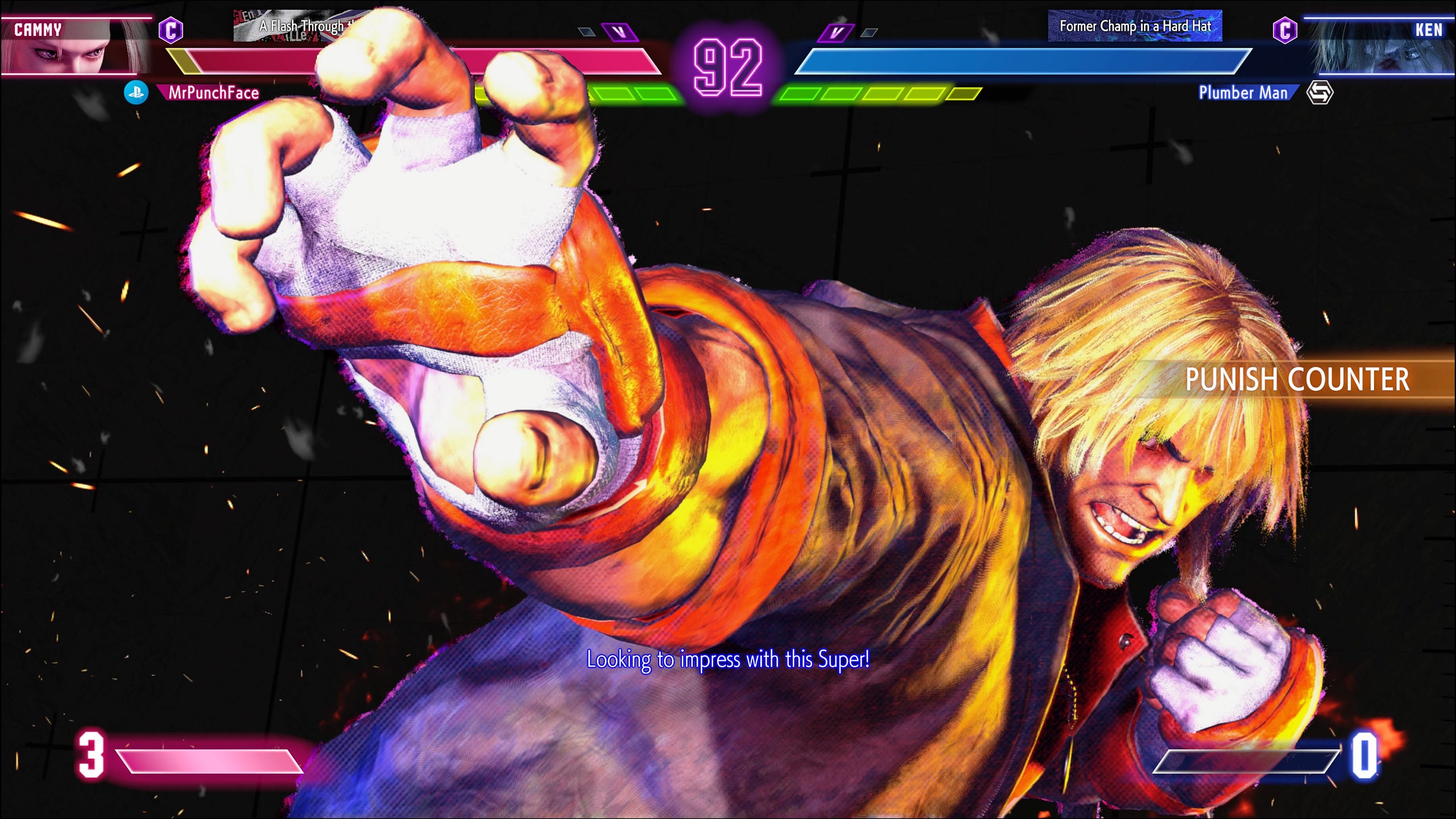
Going into Street Fighter VI I was excited. Drive mechanics looked and felt cool, the atmosphere and overall design of the game compared to V were stellar, and when the game came out, I even ended up running some online tournaments for it. However, I think I’ve realized that I just can’t retain interest in most fighting games without giving them ample time to study them.
“World Tour mode” is the game’s story mode. In it you create your own avatar, learn moves from the characters in the game’s roster, and go through a story focused on taking down thugs and unravelling the mysteries of what goes on in Metro City. After getting through about eight hours, I lost interest entirely. The gameplay loop of fighting random people on the street was only fun for so long. Mixing and matching moves to create my own moveset was interesting, but I didn’t have any specific moves I wanted to learn, so I didn’t have a reason to get anything new. The story wasn’t super interesting, but that isn’t something that I personally look for in fighting games anyways. In terms of other gameplay features, I found Modern controls to be a pretty cool idea. I have no gripe with simpler inputs being added to fighting games as a way to make them more accessible, and the playing field is level enough to where playing on Modern controls doesn’t warrant a significant advantage over another player.
The future of fighting games as a genre looks explosive, and this year’s EVO is looking to be an incredible display of that, but my interest in them going forward will probably be from the sidelines, with Rivals of Aether 2 probably being the only exception.
Editor’s note: The memories portion of this essay was never written, as none of the games on the list were completed.
Thanks again for reading this month’s issue! While I have yet to finish any of these games’ main stories, I’m simply excited to keep this energy going into the latter half of the year. There are a few other games that I touched this summer, most notably L.A. Noire and Exoprimal, but I still need to spend more time with them before I say anything definitive. I just recently finished the campaign of Exoprimal, so expect something in the coming weeks.
The Twitch streams have been going well! Coinciding with my return to college, I hope to develop a more consistent schedule with both this blog and my streams. I’ve also spent some time on Backloggd and cataloged most of the games I’ve started playing within the past 3 or so years, you can check that out here. See you all again soon!


